Home>diy>Building & Construction>What Is A CSI Code In Construction


Building & Construction
What Is A CSI Code In Construction
Modified: January 24, 2024
Learn what a CSI code is in the context of building construction and how it helps organize and categorize different construction activities.
(Many of the links in this article redirect to a specific reviewed product. Your purchase of these products through affiliate links helps to generate commission for Storables.com, at no extra cost. Learn more)
Introduction
Welcome to the world of construction, where everything begins with a blueprint and ends with a magnificent structure. Construction projects are complex, involving numerous tasks, materials, and professionals that come together to create buildings, bridges, and infrastructures. To ensure efficient project management and effective communication among all stakeholders, a standardized classification system is needed. This is where CSI codes come into play.
CSI codes, also known as Construction Specifications Institute codes, are a vital component of the construction industry. They provide a standardized way to label and organize various construction activities, materials, and systems. From installing electrical systems to pouring concrete, every aspect of a construction project is classified under specific CSI codes.
In this article, we will explore the definition of CSI codes, their purpose in construction, the structure of CSI codes, their benefits, and examples of how they are used. We will also discuss the challenges associated with using CSI codes in construction projects.
Whether you are a construction professional, project manager, or simply curious about the fascinating world of construction, understanding CSI codes is essential. So, let’s dive in and explore the significance of CSI codes in the construction industry.
Key Takeaways:
- CSI codes are a standardized classification system in construction, promoting clear communication, accurate cost estimation, and efficient project management. They streamline processes and enhance collaboration, ultimately leading to successful construction projects.
- While CSI codes offer benefits, challenges such as complexity, lack of standardization, and the need for ongoing education exist. Overcoming these challenges requires proactive adaptation and collaboration within the construction industry.
Read more: What Is CSI In Construction
Definition of CSI Code
CSI codes are a standardized classification system used in the construction industry to categorize and organize various activities, materials, and systems involved in a construction project. Developed by the Construction Specifications Institute, these codes provide a common language for professionals to communicate and understand the specific elements and requirements of a construction project.
Each CSI code consists of a numerical sequence that represents a specific construction task or material. This classification system helps streamline communication, ensuring that everyone involved in the project understands what is being referred to.
Categorizing construction activities and materials using CSI codes allows for easy referencing and cross-referencing of information. It helps professionals identify specific tasks, materials, and systems, enabling them to accurately estimate costs, allocate resources, and coordinate different aspects of the project.
For example, a flooring contractor looking for information on the installation of ceramic tiles can easily locate the relevant CSI code and find detailed specifications related to the task. Similarly, an architect or engineer can refer to specific CSI codes when preparing project documentation, ensuring that all parties have a clear understanding of the requirements.
In summary, CSI codes provide a standardized system for identifying and categorizing construction activities, materials, and systems. By using these codes, professionals in the construction industry can effectively communicate and collaborate, promoting efficient project management and ensuring the successful completion of construction projects.
Purpose of CSI Code in Construction
The primary purpose of CSI codes in construction is to facilitate clear communication and effective project management among all stakeholders involved in a construction project. By assigning specific codes to different construction activities, materials, and systems, the construction industry can achieve the following key objectives:
- Standardization: CSI codes provide a standardized classification system, ensuring that everyone involved in the construction project speaks the same language. This common understanding promotes efficiency, reduces errors, and minimizes confusion during project planning and execution.
- Organization and Categorization: Construction projects involve a multitude of activities, materials, and systems. CSI codes enable the organization and categorization of these elements, allowing professionals to quickly locate and reference relevant information. This streamlines the construction process and enables effective decision-making.
- Accurate Cost Estimation: CSI codes provide a foundation for accurate cost estimation. By categorizing construction activities and materials, professionals can easily determine the associated costs. This helps in budget planning and ensures that financial resources are allocated appropriately throughout the project.
- Coordination and Collaboration: Construction projects require collaboration among various professionals, including architects, engineers, contractors, and suppliers. CSI codes facilitate effective communication and coordination among these stakeholders. The use of standardized codes ensures that everyone understands their responsibilities and can seamlessly work together towards project completion.
- Quality Control: CSI codes play a crucial role in maintaining quality standards in the construction industry. By providing detailed specifications and requirements for each construction element, these codes help ensure that the appropriate materials and techniques are used. This improves the overall quality and durability of the constructed structures.
In summary, the purpose of CSI codes in construction is to establish a standardized classification system that promotes clear communication, efficient project management, accurate cost estimation, effective collaboration, and quality control. By utilizing these codes, the construction industry can streamline processes, enhance productivity, and deliver successful construction projects.
Structure of CSI Code
The CSI code structure consists of a numerical sequence that represents specific divisions, sub-divisions, and sections within the construction industry. Understanding the structure is essential for effectively categorizing and referencing construction activities, materials, and systems.
The CSI code is composed of up to five digits, organized in a hierarchical manner. Let’s break down the structure:
- Division: The first two digits represent the division. There are 16 divisions in total, each representing a major category of construction. Examples of divisions include Division 03 – Concrete, Division 07 – Thermal and Moisture Protection, and Division 12 – Furnishings.
- Sub-Division: The third digit represents the sub-division. Sub-divisions further classify the activities, materials, or systems within a division. For example, under Division 03 – Concrete, Sub-Division 03 represents Cast-in-Place Concrete while Sub-Division 08 represents Precast Concrete.
- Section: The fourth digit denotes the section. The section provides a more specific breakdown of the construction aspect and narrows down the scope within the sub-division. For instance, in Division 03 – Concrete, Section 03 represents Concrete Forming and Accessories.
- Sub-Section: The fifth digit, if present, represents the sub-section. It further breaks down the section into more specific categories. However, not all CSI codes have a sub-section.
By following this hierarchical structure, professionals in the construction industry can easily identify and reference the specific aspects of the project. For example, a construction project involving the installation of windows would fall under Division 08 – Openings, Sub-Division 10 – Windows, Section 11 – Metal Windows.
It is important to note that CSI codes are not static and may vary based on the project requirements or specifications. However, the general structure and categorization remain consistent, providing a framework for effective classification and organization within the construction industry.
In summary, the structure of CSI codes comprises a hierarchical sequence of digits representing the division, sub-division, section, and, optionally, sub-section. Understanding this structure is essential for accurately categorizing and referencing construction activities, materials, and systems.
When using CSI codes in construction, be sure to accurately classify and code each component of the project to ensure clear communication and organization throughout the construction process.
Benefits of Using CSI Code in Construction
The use of CSI codes in construction offers numerous benefits that contribute to efficient project management, effective communication, and improved collaboration among all stakeholders involved. Here are some key advantages of using CSI codes:
- Standardization and Consistency: CSI codes provide a standardized and consistent classification system for construction activities, materials, and systems. This ensures that everyone involved in the project is speaking the same language, promoting clear communication and eliminating misunderstandings.
- Efficient Information Retrieval: With the use of CSI codes, professionals in the construction industry can quickly locate and retrieve information related to specific tasks, materials, or systems. This allows for streamlined decision-making, accurate cost estimation, and effective planning and execution of construction projects.
- Enhanced Collaboration: CSI codes facilitate effective collaboration among architects, engineers, contractors, and suppliers. By providing a standardized framework, these codes enable seamless communication among stakeholders, improving coordination and reducing errors or discrepancies during the construction process.
- Improved Cost Estimation: CSI codes play a crucial role in accurate cost estimation. By categorizing construction activities and materials, professionals can reference historical cost data more effectively, leading to precise and reliable cost estimates. This supports efficient budget planning and resource allocation throughout the project.
- Increased Productivity: The use of CSI codes saves time and effort by providing a structured system for organizing and categorizing construction elements. This allows professionals to access information quickly, make informed decisions, and complete tasks efficiently. The result is increased productivity and a streamlined construction process.
- Consolidated Project Documentation: CSI codes contribute to well-organized project documentation. By categorizing and referencing activities, materials, and systems using these codes, project documents become more concise, precise, and standardized. This enhances clarity and cohesion in project documentation, making it easier for all stakeholders to access and understand the information.
In summary, the use of CSI codes in construction brings various benefits, including standardization, efficient information retrieval, enhanced collaboration, improved cost estimation, increased productivity, and consolidated project documentation. By implementing this classification system, the construction industry can optimize project management processes and deliver successful construction projects.
Read more: What Is The NAICS Code For Construction
Examples of CSI Codes in Construction
CSI codes are used to classify a wide range of construction activities, materials, and systems. Here are a few examples of common CSI codes used in the construction industry:
- Division 03 – Concrete: This division encompasses various aspects related to concrete construction, such as formwork, reinforcement, cast-in-place concrete, and precast concrete. Specific CSI codes within this division include:
- 03 20 00 – Concrete Reinforcing
- 03 30 00 – Cast-in-Place Concrete
- 03 40 00 – Precast Concrete
- Division 07 – Thermal and Moisture Protection: This division focuses on building envelope systems, insulation, and waterproofing. CSI codes within this division include:
- 07 20 00 – Thermal Protection
- 07 30 00 – Waterproofing
- 07 40 00 – Roofing and Siding Panels
- Division 22 – Plumbing: This division covers various aspects of plumbing systems, including pipes, fixtures, and drainage. CSI codes within this division include:
- 22 10 00 – Plumbing Piping
- 22 30 00 – Plumbing Fixtures
- 22 40 00 – Plumbing Equipment
- Division 26 – Electrical: This division pertains to electrical systems and components. CSI codes within this division include:
- 26 10 00 – Medium-Voltage Electrical Distribution
- 26 20 00 – Low-Voltage Electrical Distribution
- 26 50 00 – Lighting
- Division 32 – Exterior Improvements: This division includes exterior elements like pavement, fencing, landscaping, and site amenities. CSI codes within this division include:
- 32 10 00 – Bases, Ballasts, and Paving
- 32 30 00 – Site Improvements
- 32 90 00 – Planting
These are just a few examples of CSI codes used in construction. Each code represents a specific aspect of the construction project, allowing professionals to accurately reference and coordinate activities, materials, and systems involved.
It is important to note that CSI codes can vary depending on the jurisdiction, project type, or specific project requirements. Construction professionals should always refer to the appropriate code manuals or resources to ensure the correct application of relevant codes.
In summary, CSI codes provide a standardized system for classifying and referencing construction activities, materials, and systems. By using these codes, construction professionals can efficiently organize, communicate, and coordinate various elements within a construction project.
Challenges of Using CSI Code in Construction
While CSI codes offer numerous benefits in the construction industry, their implementation also presents certain challenges. Understanding and addressing these challenges is crucial to effectively utilize CSI codes. Here are some common challenges faced:
- Complexity: The construction industry is multifaceted, and there are countless activities, materials, and systems that need to be categorized. The sheer complexity of the construction process can make it challenging to assign appropriate CSI codes, especially for unique or specialized tasks.
- Updating and Evolving: Construction practices and technologies are constantly evolving, which means that new construction elements may not have predefined CSI codes. As a result, construction professionals may need to create custom codes or adapt existing codes to accurately classify newly introduced elements or techniques.
- Lack of Standardization: While CSI codes aim to provide a standardized classification system, inconsistencies may arise due to regional or industry-specific variations. Different regions or even individual projects may have their own interpretations or adaptations of the codes, leading to confusion and discrepancies in communication between project stakeholders.
- Limited Granularity: CSI codes have a hierarchical structure, providing broad categories down to specific sub-sections. However, this structure may not always allow for the level of granularity needed for certain construction activities or materials. Professionals may find it challenging to accurately classify certain niche or specialized elements within the existing CSI code structure.
- Education and Familiarity: Construction professionals need to be educated and familiar with the CSI code system to effectively use and interpret the codes. Lack of knowledge or training on CSI codes can lead to errors or misinterpretations, hindering effective communication and coordination between different project stakeholders. Ongoing education and training are essential for professionals to stay up to date with CSI codes.
Despite these challenges, the benefits of using CSI codes often outweigh the difficulties. It is crucial for construction professionals to continually improve their understanding of CSI codes, adapt to changes in the industry, and collaborate with project teams to address any challenges that may arise during their implementation.
In summary, the challenges of using CSI codes in construction include complexity, updating and evolving nature, lack of standardization, limited granularity, and the need for education and familiarity. Overcoming these challenges requires a proactive approach and ongoing efforts to ensure the effective utilization of CSI codes in construction projects.
Conclusion
CSI codes play a vital role in the construction industry, providing a standardized classification system that facilitates efficient project management, effective communication, and streamlined coordination among all stakeholders. These codes categorize and organize construction activities, materials, and systems, enabling professionals to accurately reference and understand the specific elements involved in a construction project.
Throughout this article, we have explored the definition, purpose, structure, benefits, examples, and challenges of using CSI codes in construction. From standardized communication to accurate cost estimation, the advantages of using CSI codes are evident. These codes promote standardization, enhance collaboration, and improve productivity, ultimately leading to the successful completion of construction projects.
However, it is important to acknowledge the challenges associated with CSI codes, such as complexity, updates and evolution, lack of standardization, limited granularity, and the need for education and familiarity. Overcoming these challenges requires continuous education, adaptation, and collaboration within the construction industry.
In conclusion, CSI codes are a valuable tool in the construction industry, providing a common language for professionals to effectively communicate and coordinate construction activities. By utilizing these codes, the construction industry can foster clear communication, accurate cost estimation, efficient project management, and successful project outcomes. With continued education, adaptation, and collaboration, the construction industry can maximize the benefits of CSI codes and continue to advance in its quest to build impressive structures that shape our world.
Frequently Asked Questions about What Is A CSI Code In Construction
Was this page helpful?
At Storables.com, we guarantee accurate and reliable information. Our content, validated by Expert Board Contributors, is crafted following stringent Editorial Policies. We're committed to providing you with well-researched, expert-backed insights for all your informational needs.



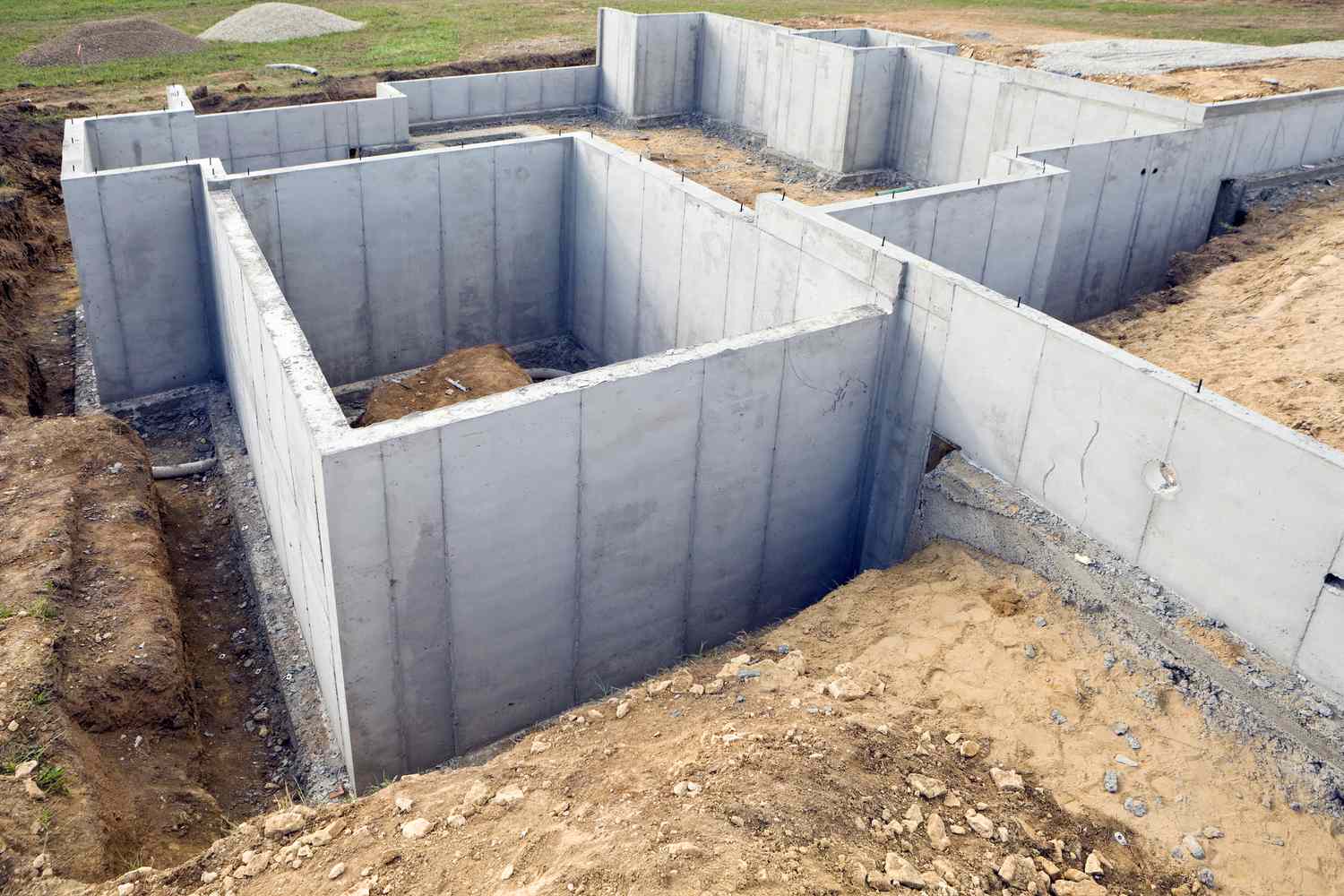
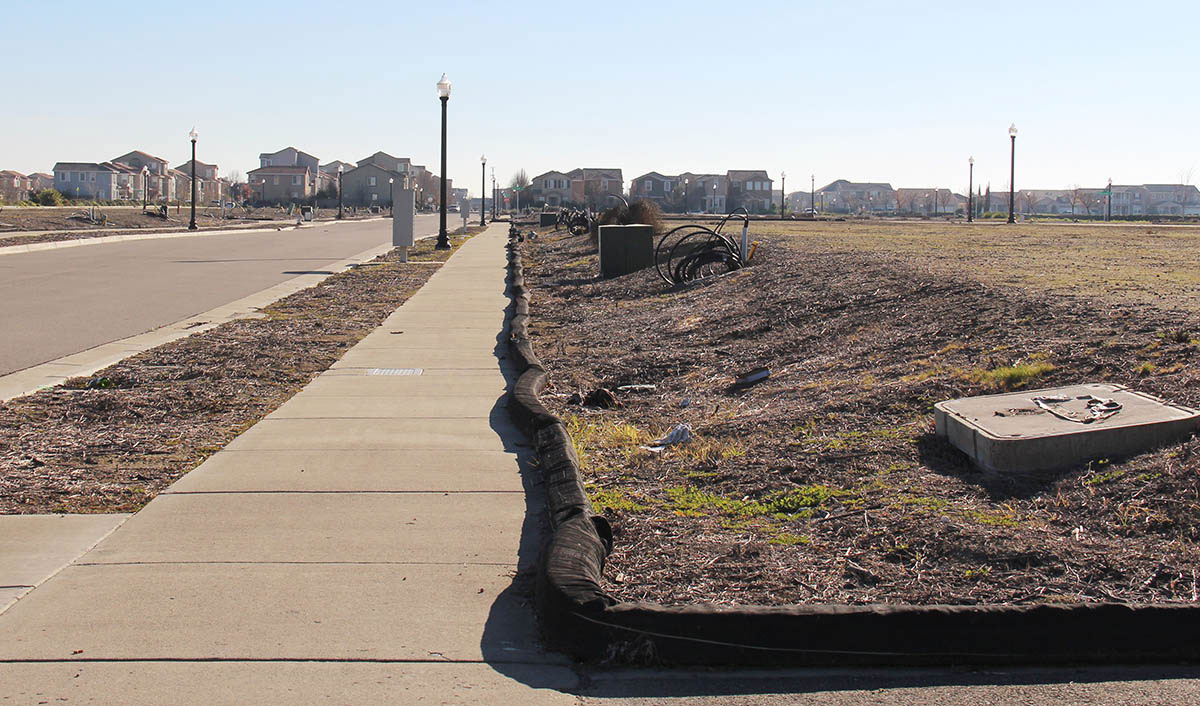
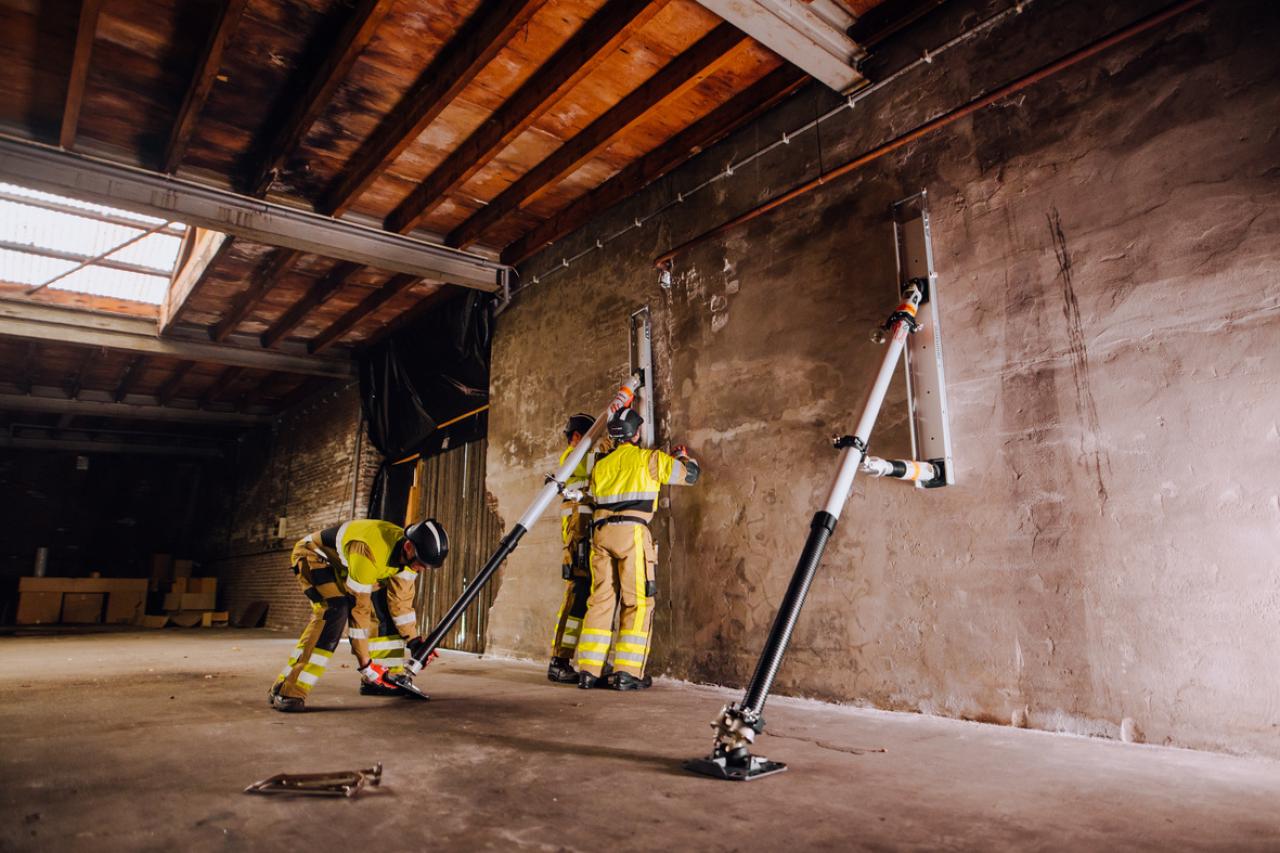

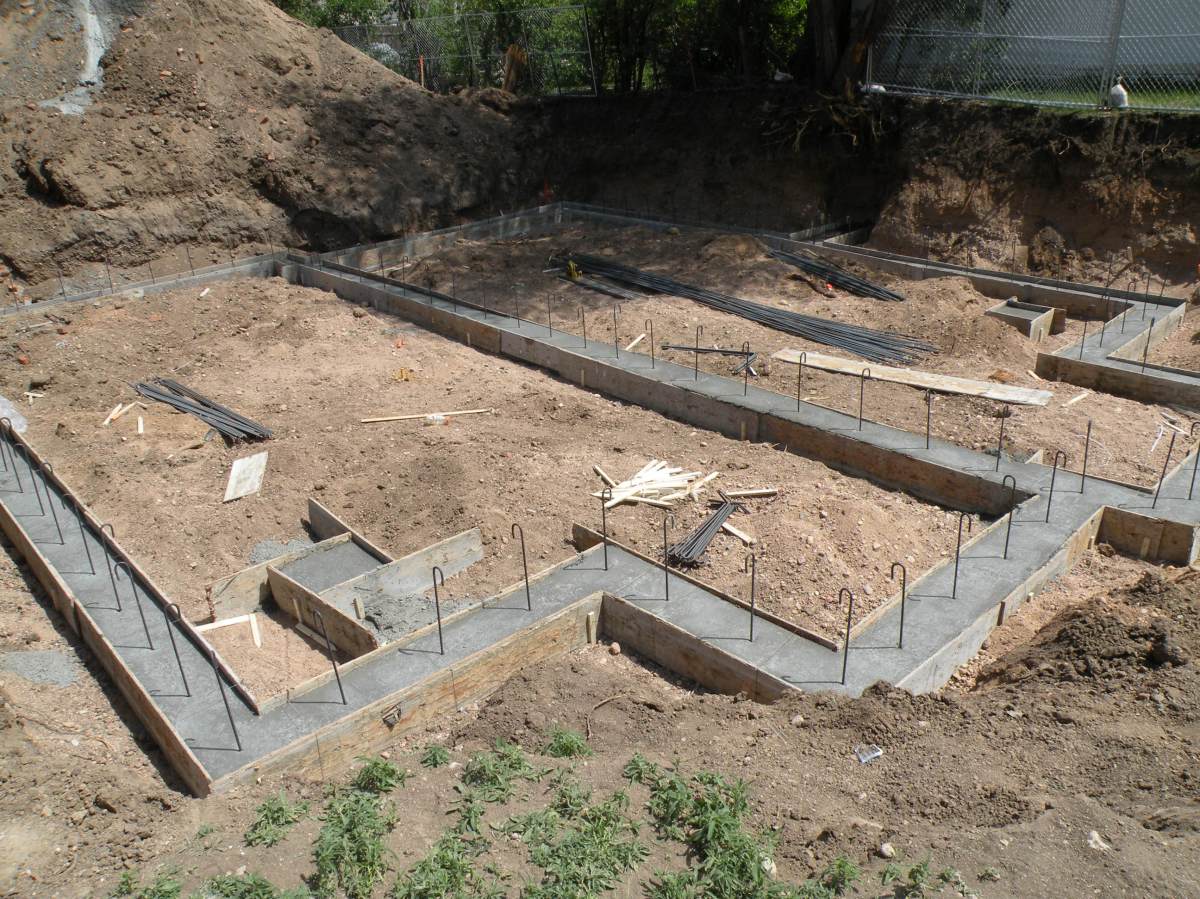

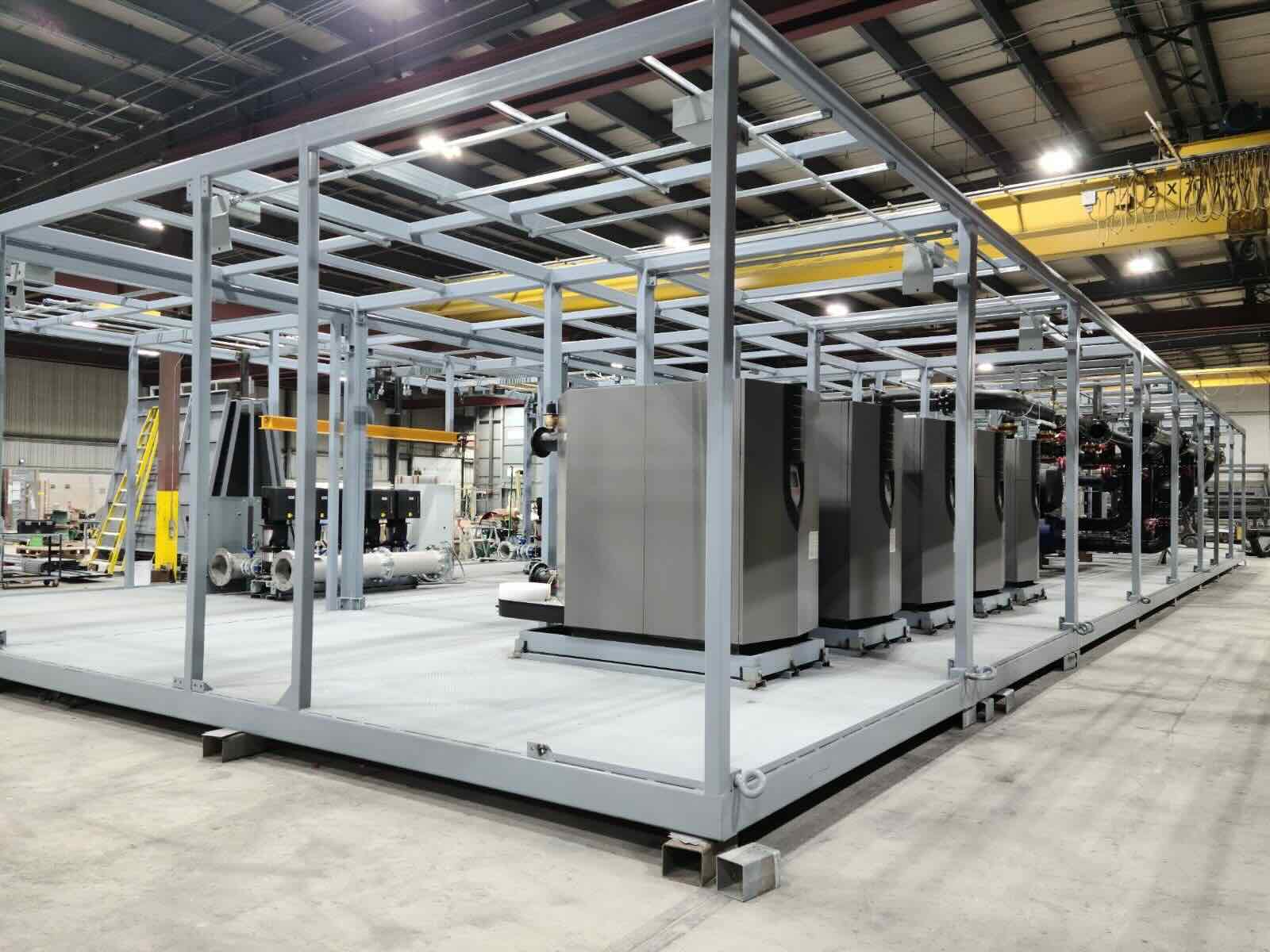

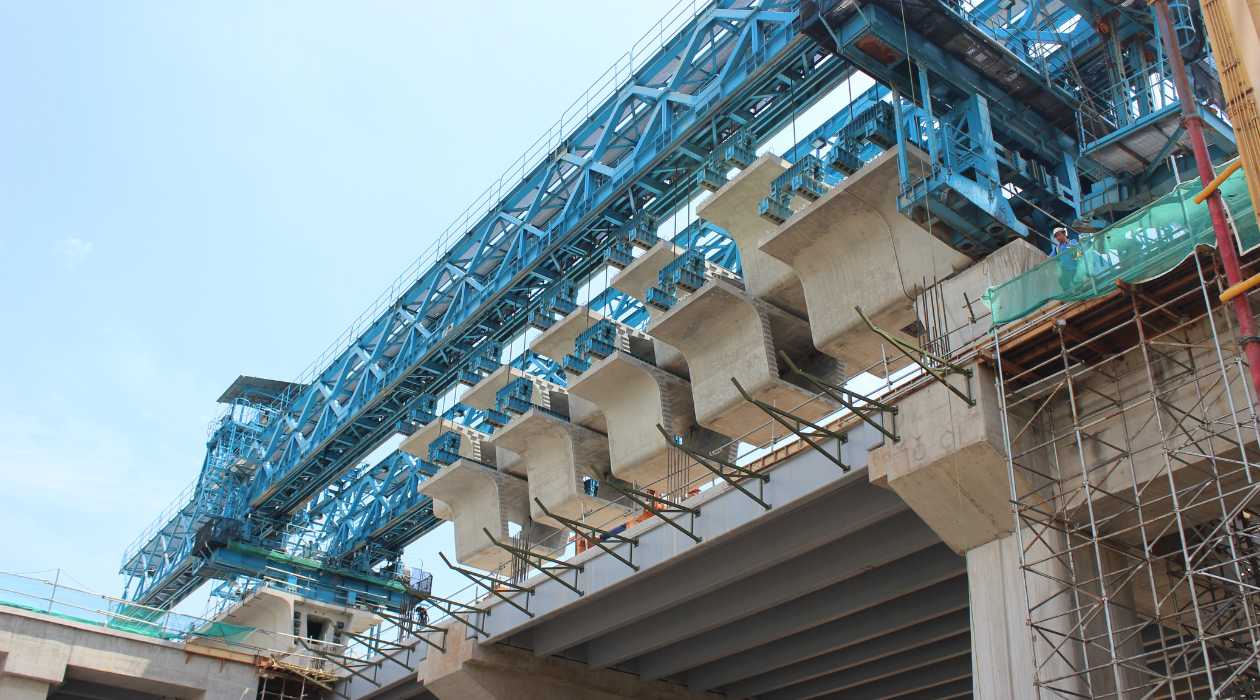

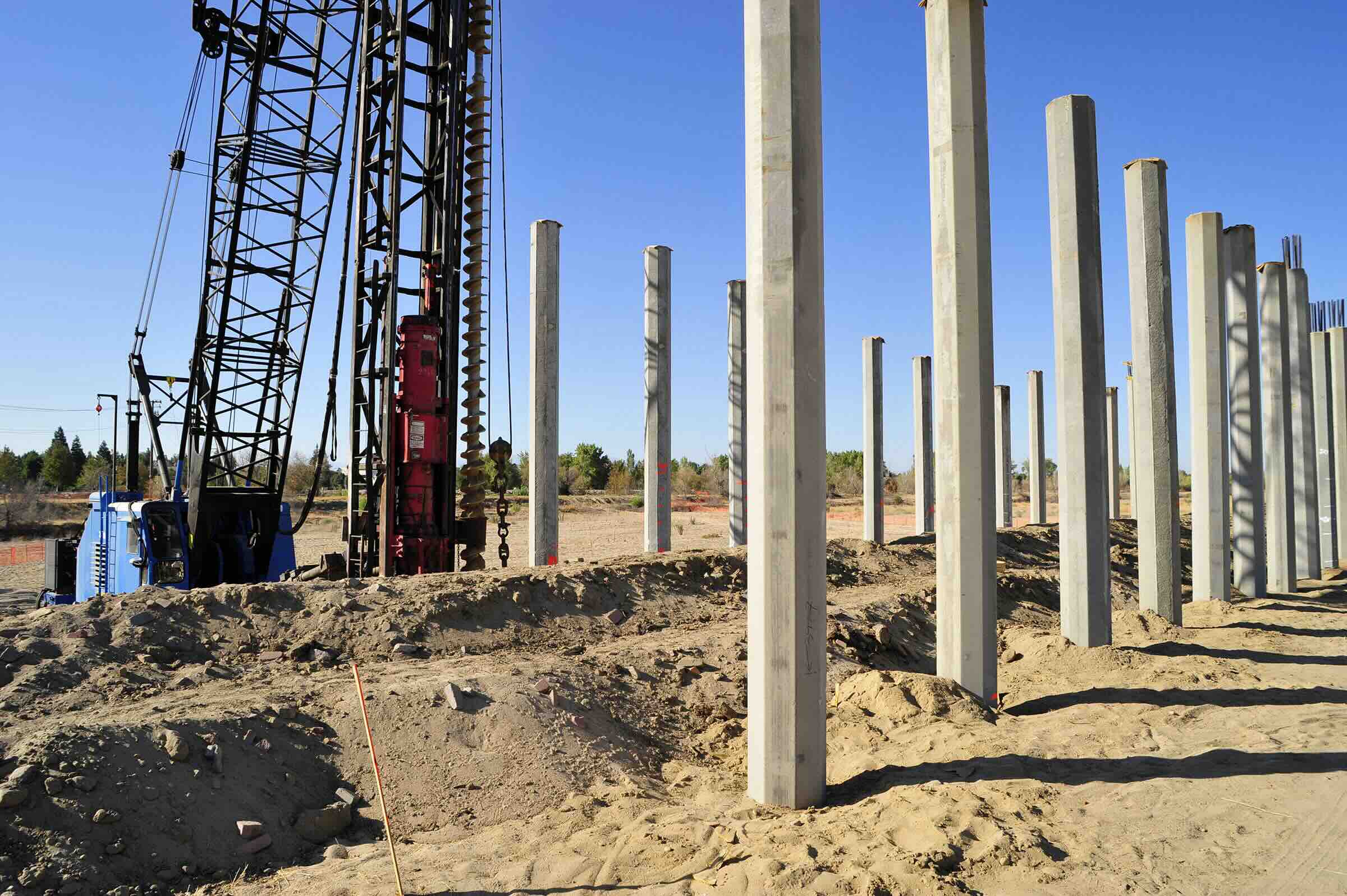

0 thoughts on “What Is A CSI Code In Construction”